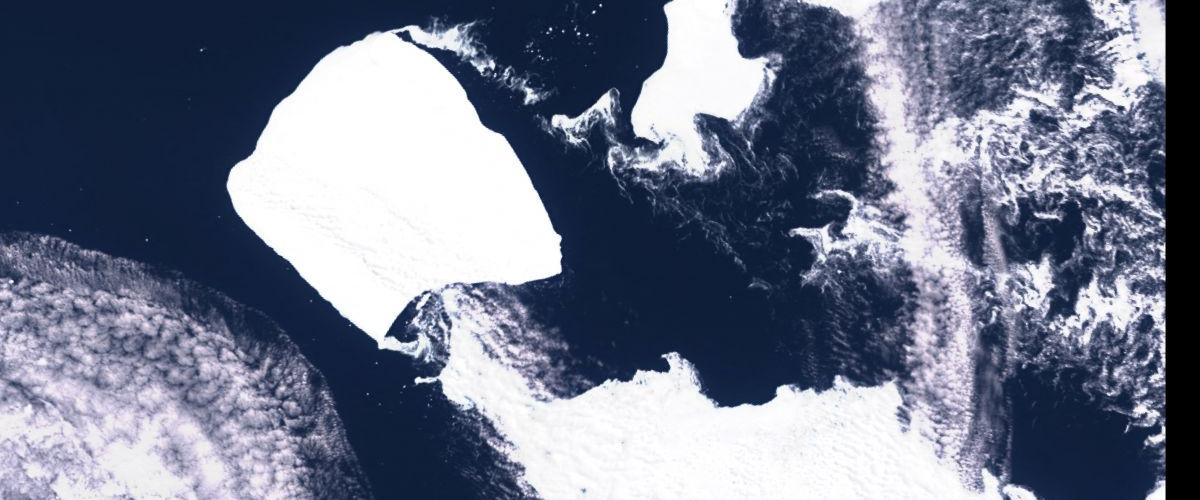Environment
A23a: Tracking the world's biggest iceberg as it drifts towards oblivion by bbc.com
The iceberg A23a, which broke off from the Antarctic coast in 1986, has recently begun to move after being anchored to the sea floor of the Weddell Sea for over three decades. This mass of ice, exceeding twice the size of London in area, was released thanks to the gradual melting that allowed it to detach and start moving.
Currently, A23a is navigating along a natural pathway known as "iceberg alley," where it is destined to gradually disintegrate. As it moves, the iceberg releases large chunks of ice into the ocean, forming what are called "bergy bits" and "growlers," thus contributing to the marine ecosystem by releasing essential nutrients.
Despite the continuous reduction in its size, the immensity of A23a remains impressive, with an average thickness exceeding 280 meters. This journey highlights not only the impressive dynamics of icebergs but also their role in delivering nutrients to the oceans, supporting the marine food chain from plankton to great whales.



